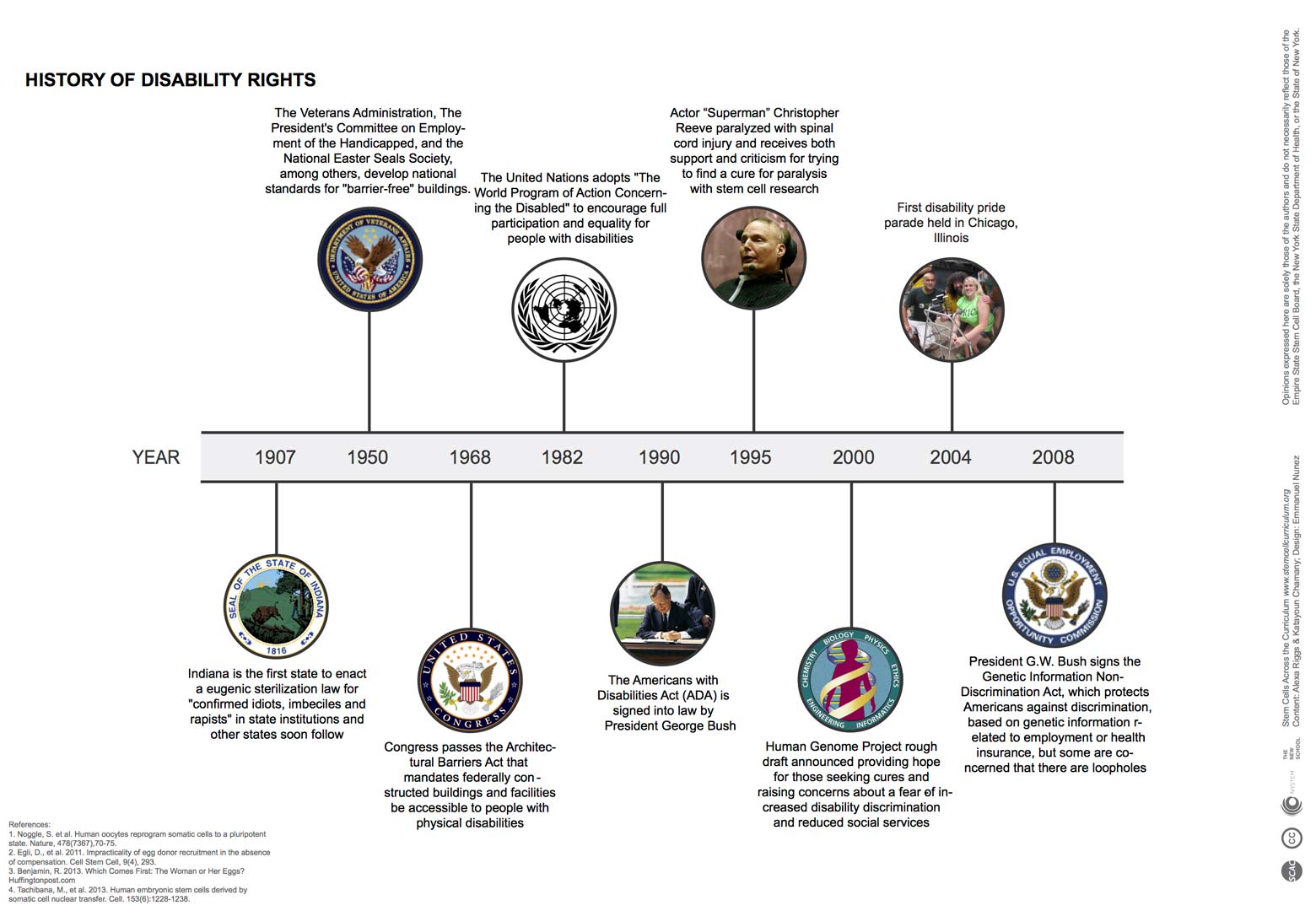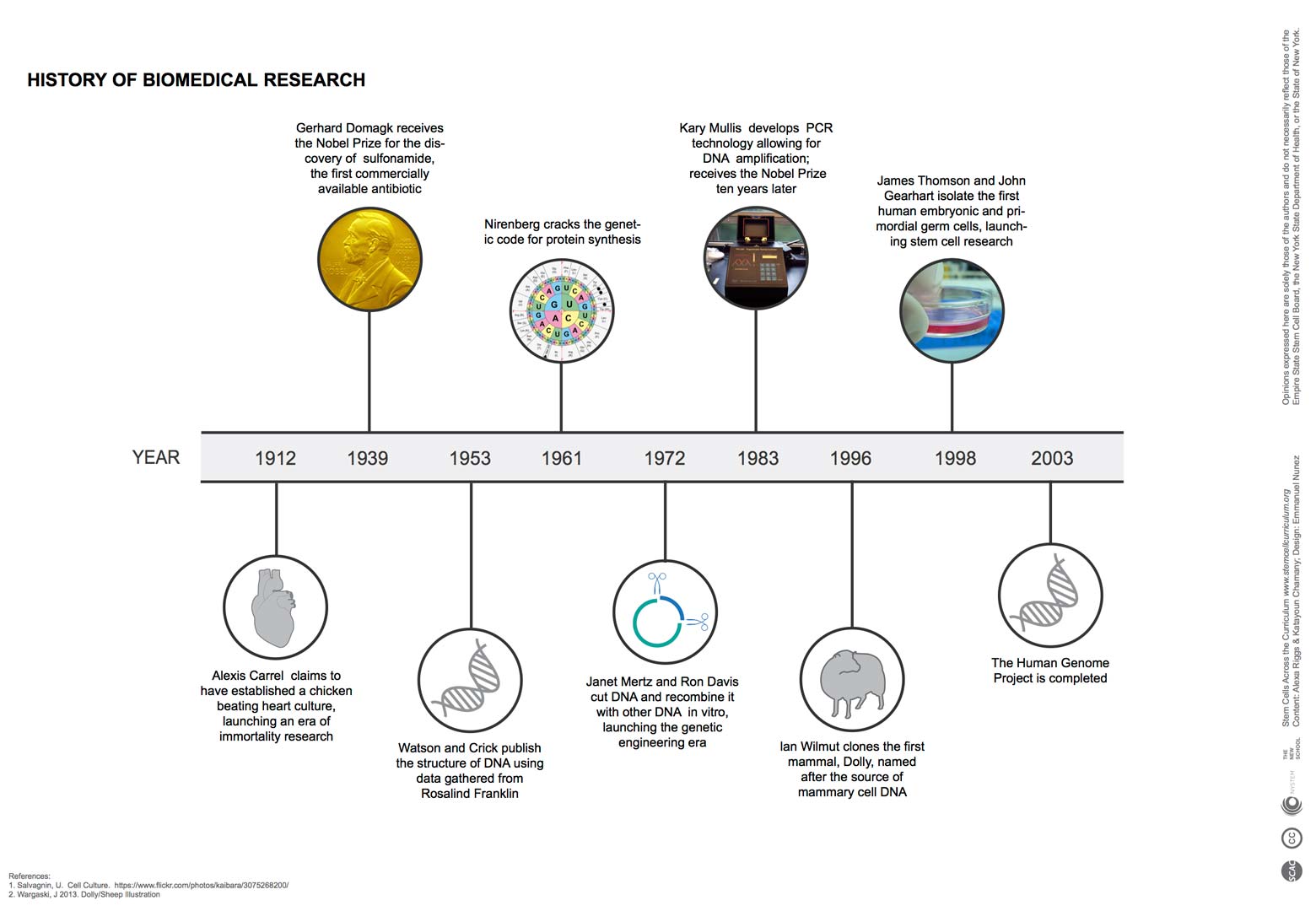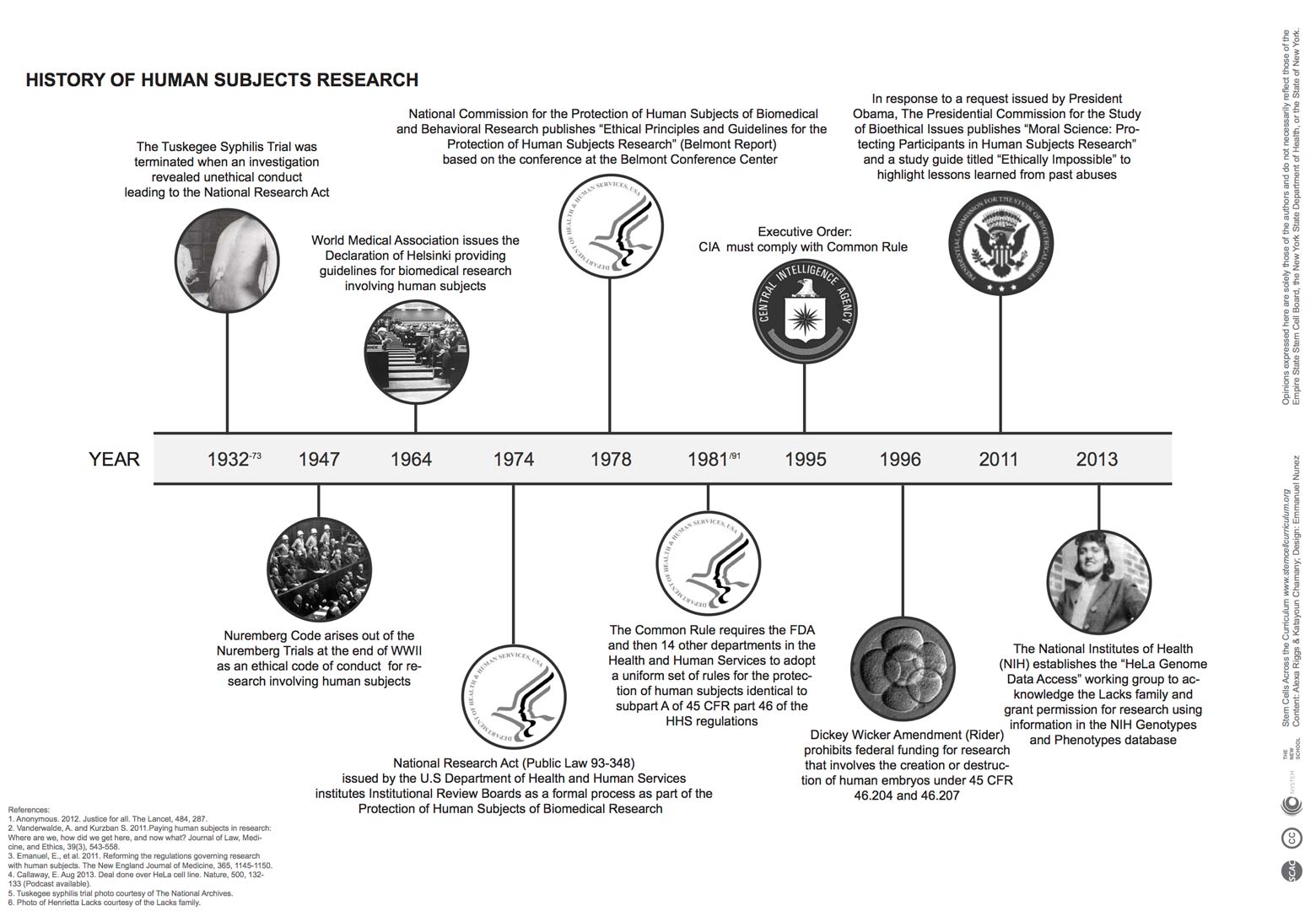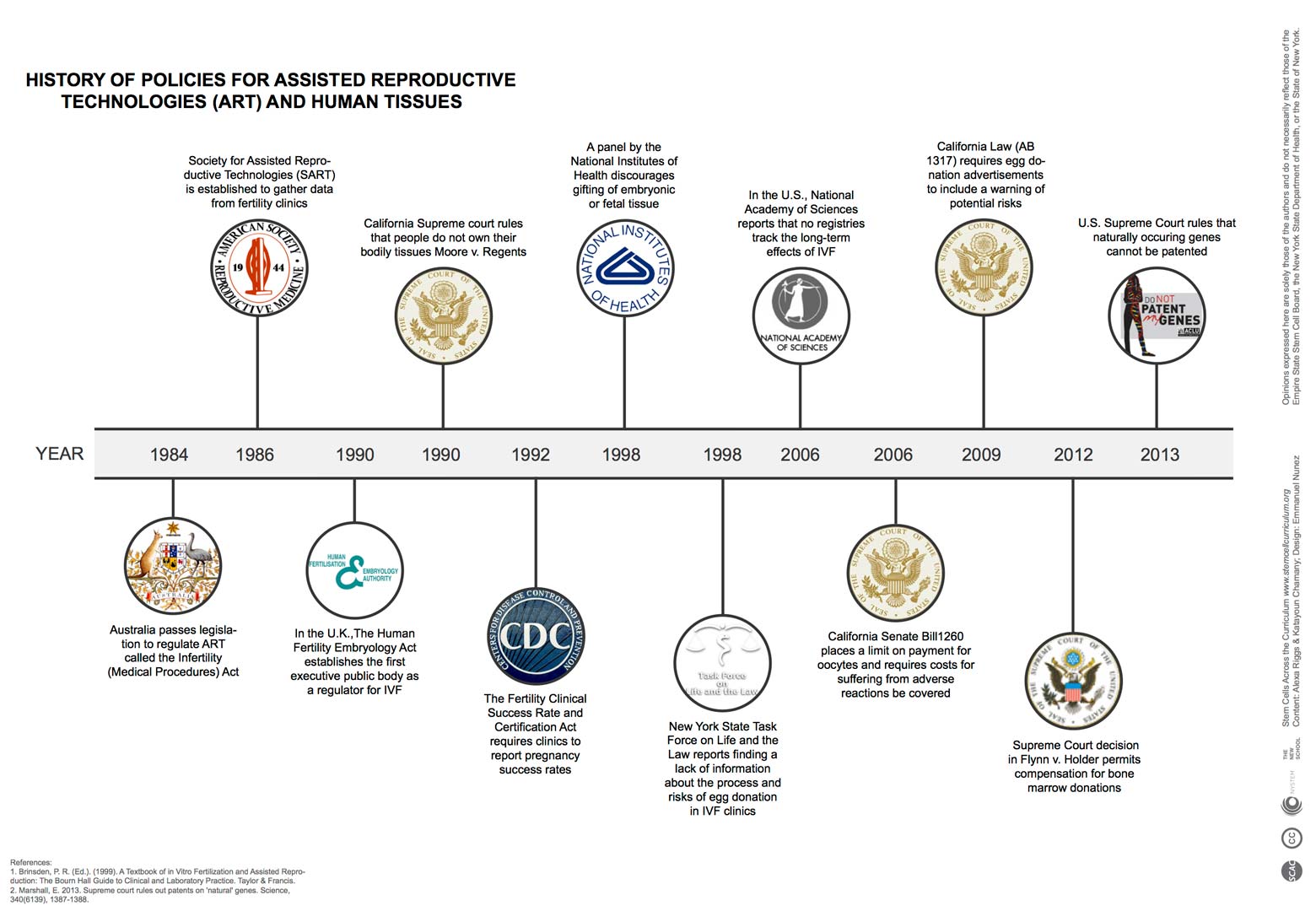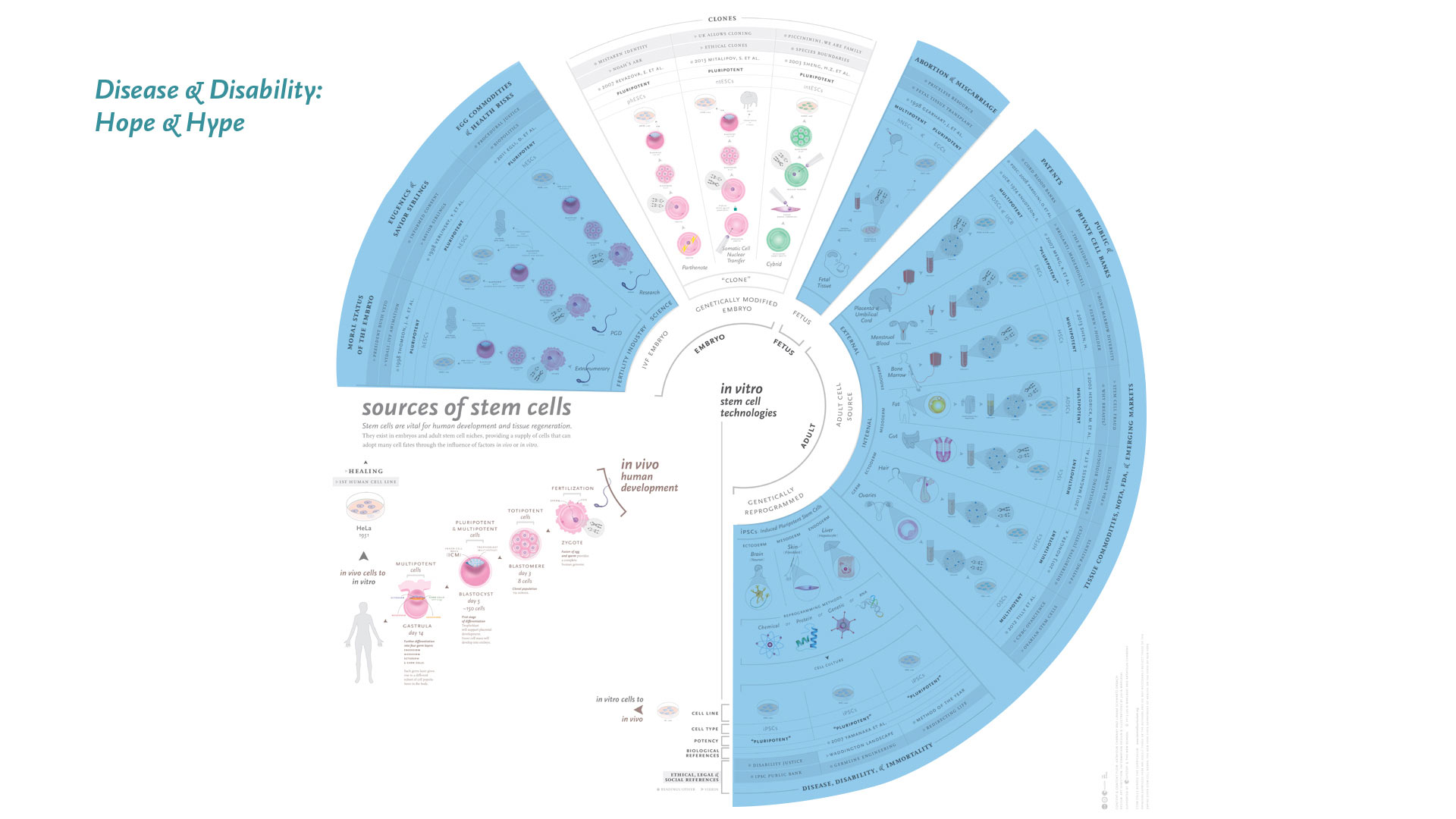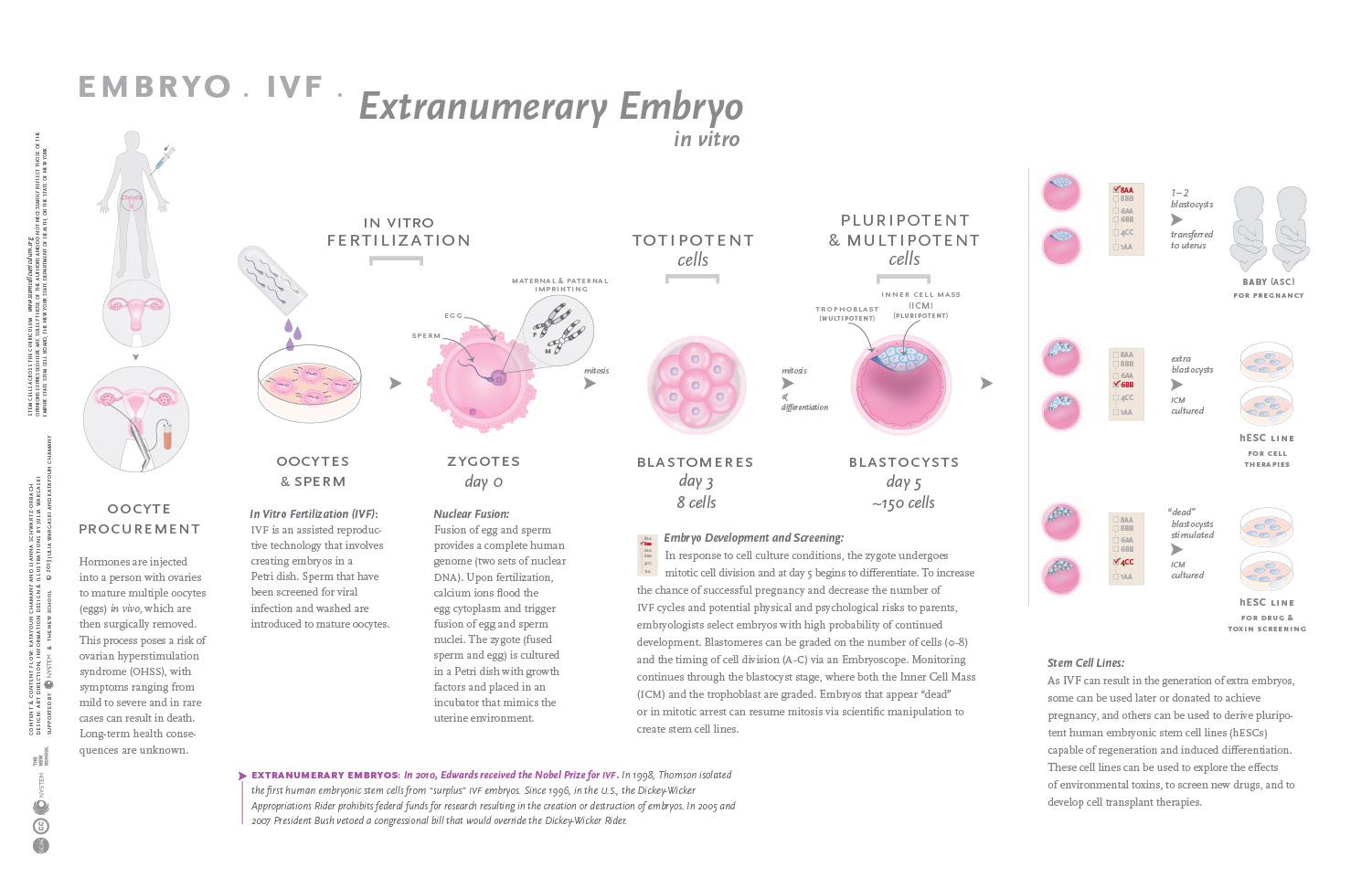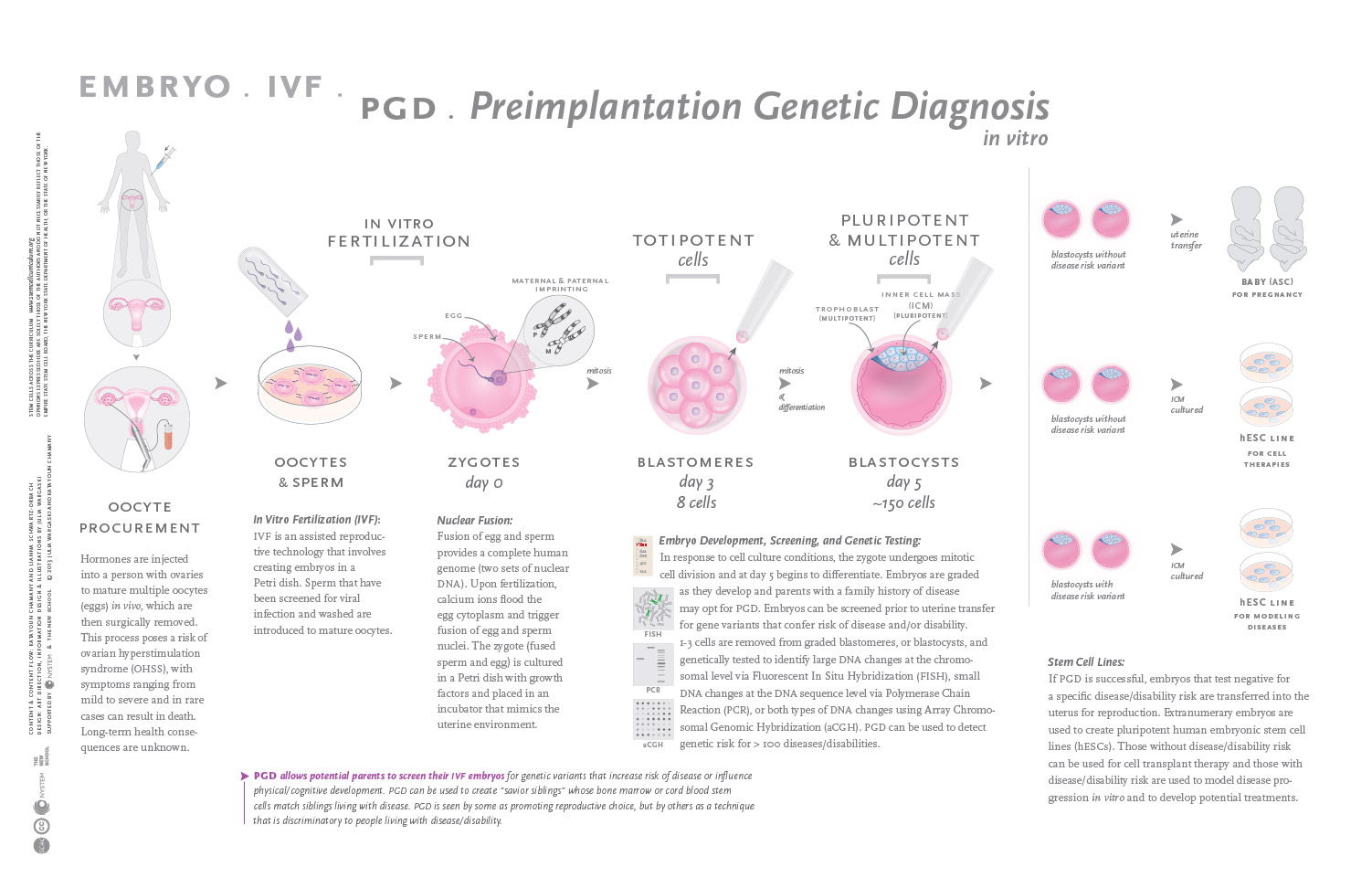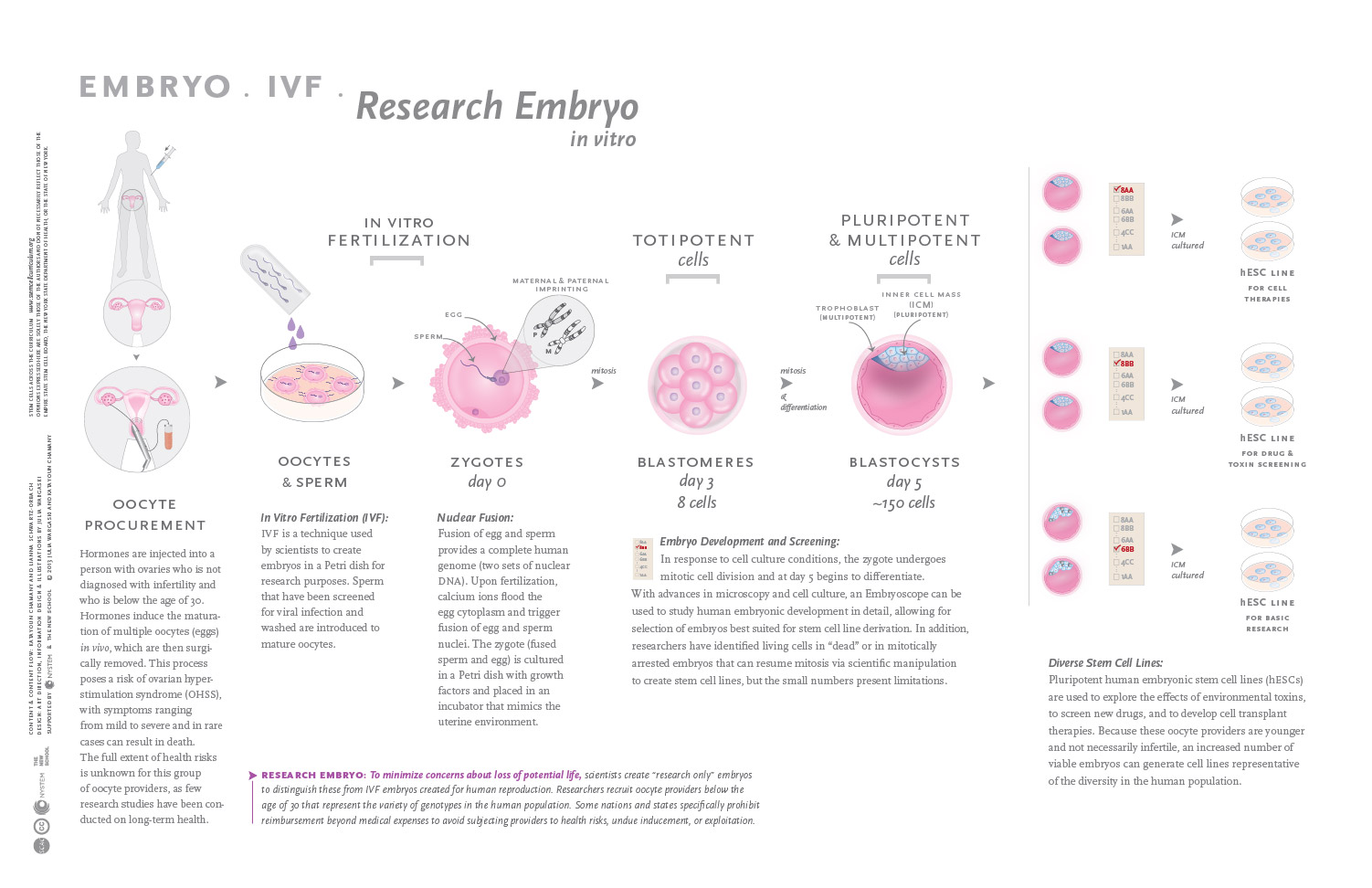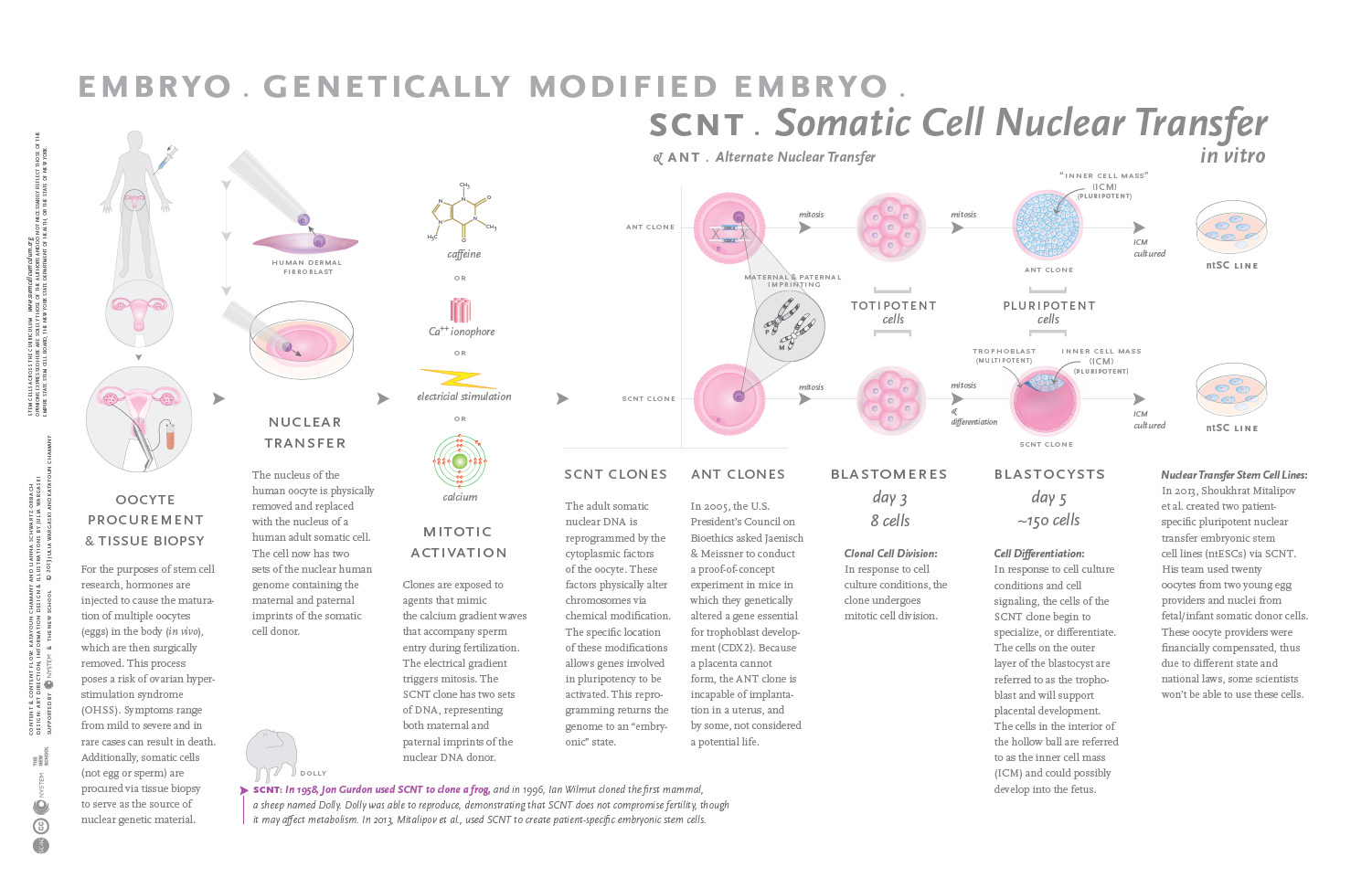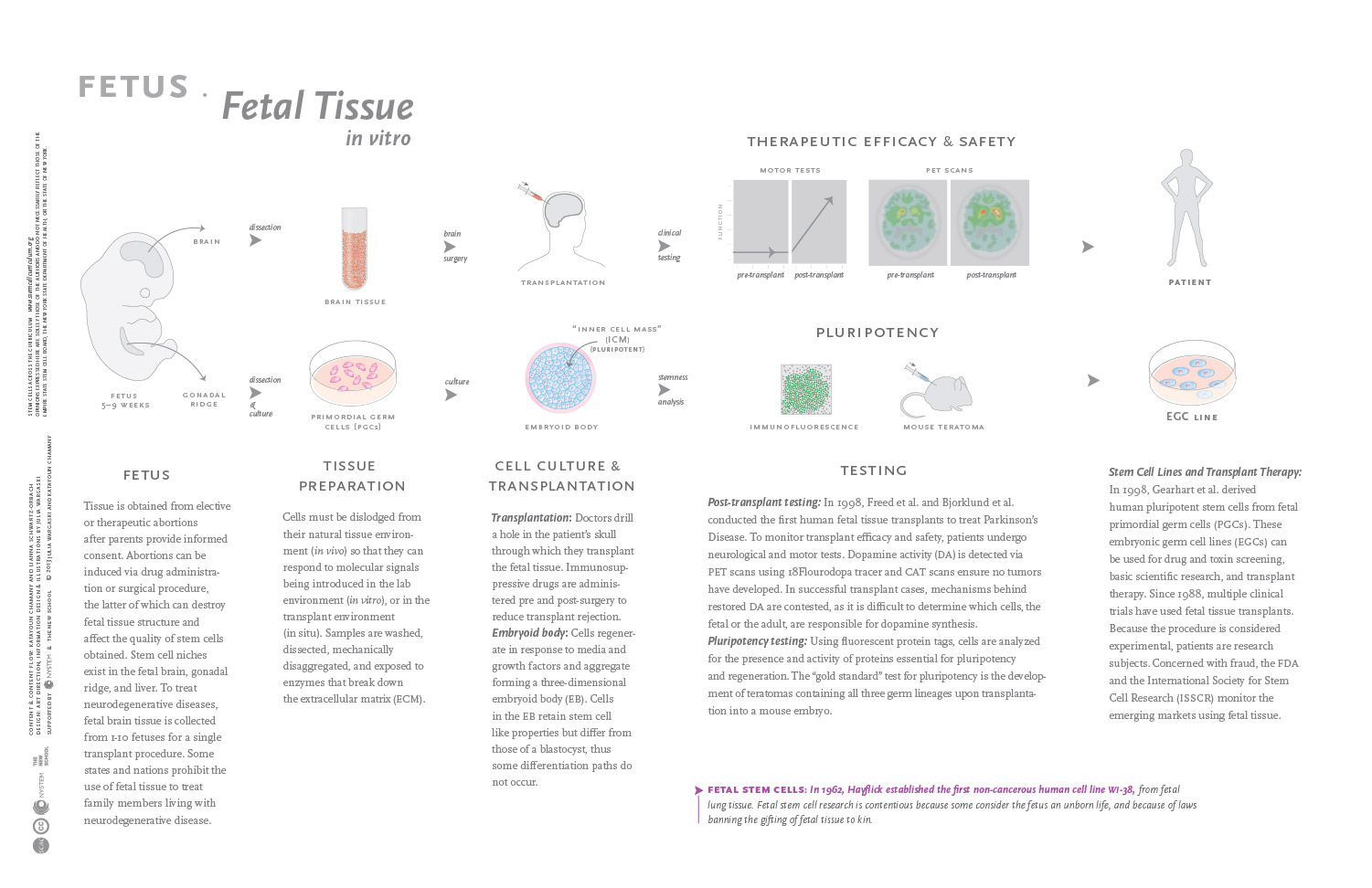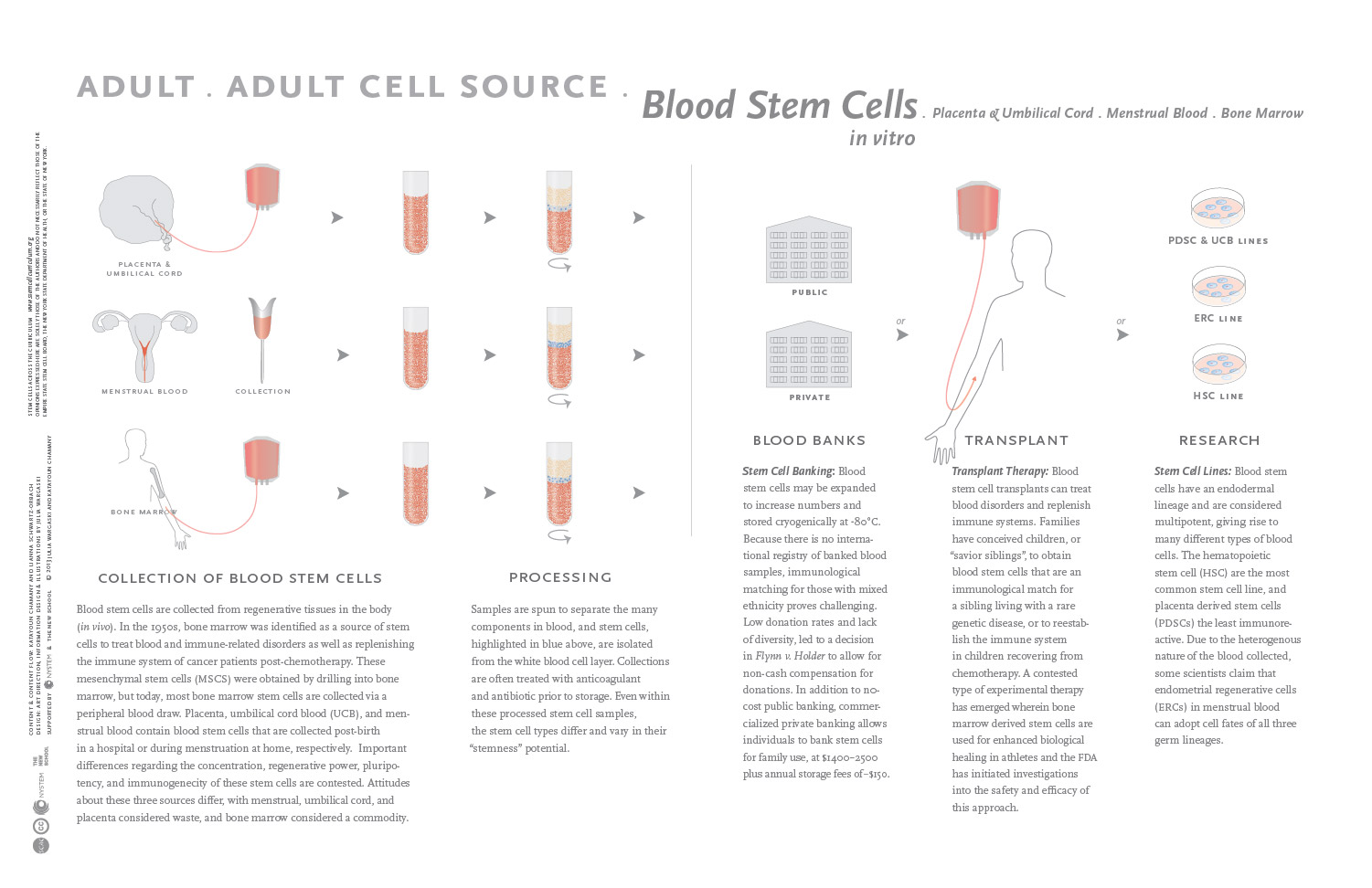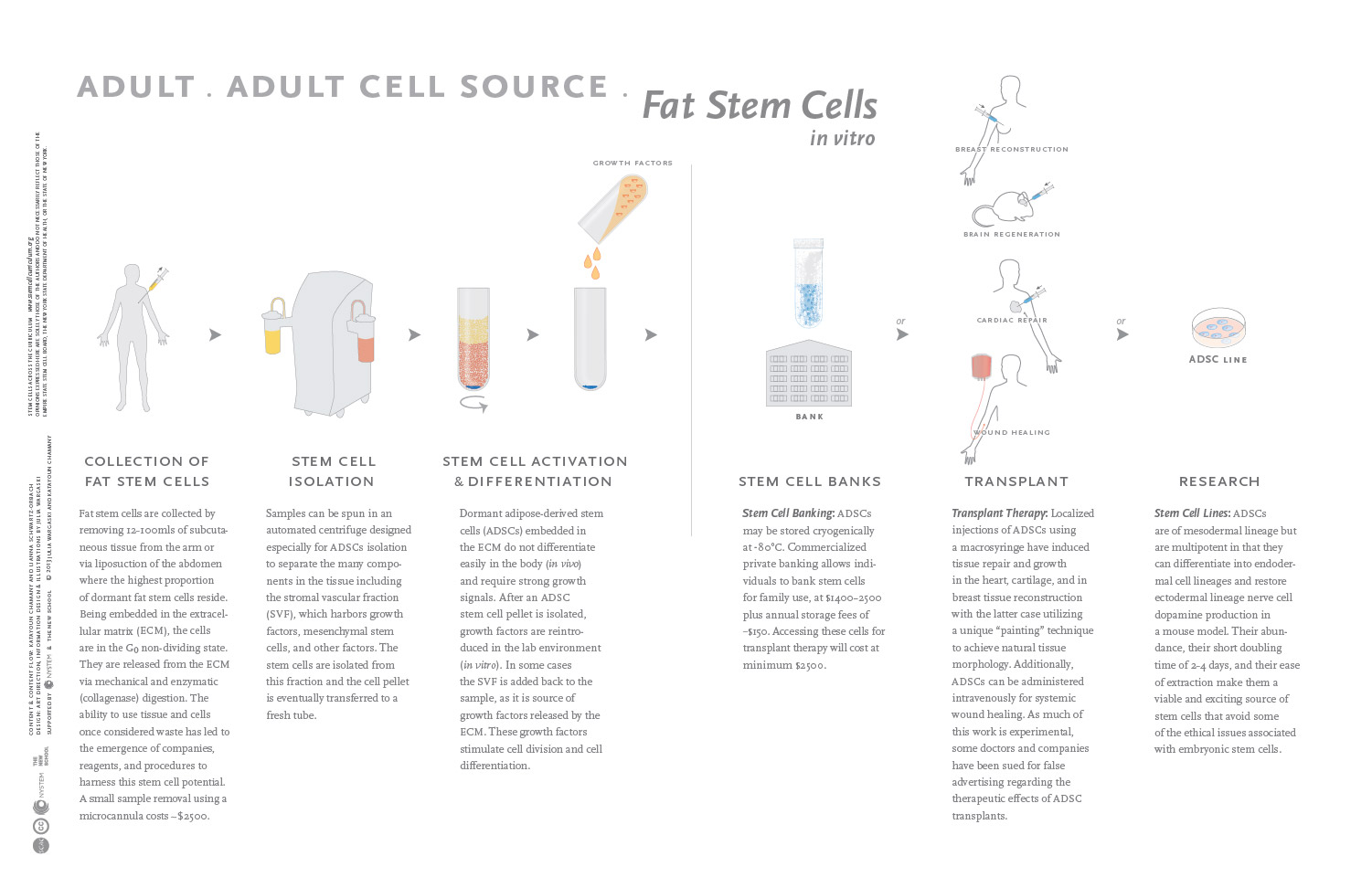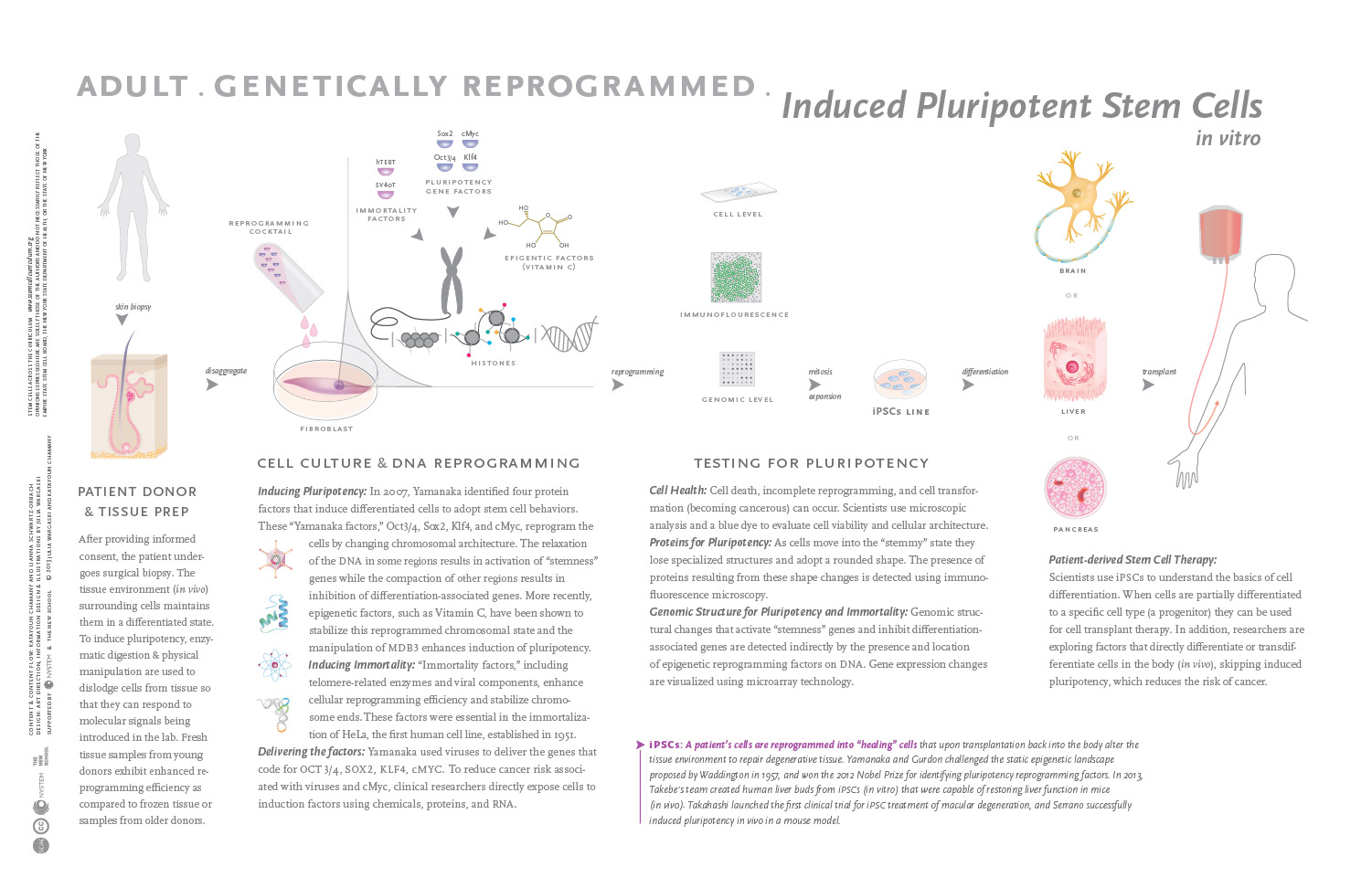Disease, Disability & Immortality: Hope & Hype
Synopsis
This module highlights different approaches to addressing disability in society and the ways in which stem cell research (SCR) intersects with, or challenges, the interests of those living with disability. Disability is something that affects every human at some point in their lives. Although (SCR) may lead to drugs and technologies to treat or prevent the onset of disease/disability, and/or lead to the development of adaptive devices and technologies, the work has also created a backlash among those who seek to address disability through a social model. Applying the 7E- Learning Cycle (elicit, engage, explore, explain, elaborate, evaluate, extend), Learning Activity 1 involves a discussion of the contemporary definition of “health” and provides an historical overview of how this term was used to either support human diversity and the ability to adapt to changing environments, or discriminate against those living with disability as was seen in the eugenics movement. In learning Activity 2, students review a range of disabilities that could potentially benefit from SCR: “static” impairments or disabilities, such as spinal-cord injury; “chronic illnesses” such as Type I diabetes; or “degenerative diseases”, such as Parkinsons. This activity uses the film Terra Incognita: Mapping Stem Cell Research to highlight the various stakeholders' perspectives on the intersection of stem cell research and disability. In Activity 3, students review the basics of stem cell transplant therapy using adult stem cells, embryonic stem cells and induced pluripotent stem cells, and utilize multiple frameworks to address the risks and benefits associated with research and development, regulation, and delivery of such therapies. In this case study role-play, they are asked to expand the boundaries of traditional ethical inquiries that prioritize a focus on “cure,” and to consider how an exclusive focus on the individualized and medicalized approach to disability and health can compromise the well-being of communities traditionally marginalized in society by overshadowing social approaches of “care” for disability and health. An important grounding piece is the original proposal that Vannevar Bush, The Director of The Office of Scientific Research and Development in 1945, put forth in his famous report Science the Endless Frontier. This report aimed to move research scientists out of the military and defense sector and place them into the newly formed National Institutes of Health (NIH). This shift moved the focus of scientific innovation from the destruction of life to maintaining “healthy lives and communities.” The module tackles these questions: Where does our knowledge of disability come from? What information might we need to understand how people live with disabilities? How can SCR address disability and who will have access to these therapies or preventions? What regulations are in place to ensure the efficacy and safety of stem cell transplant therapies? What roles can stakeholders with diverse needs play in influencing the allocation of public funds in the social and/or medical models of health? How will regenerative medicine be used to enhance or extend life, and for whom? Please see our Permissions Page if you intend to use this curriculum. If you would like to adapt the curriculum for your use, please contact chamanyk@newschool.edu for MS word formatted files.
The Essential Resources, Learning Activities, and Teaching Notes were updated in July 2017.
Learning Activities
| Title | Assignments | Teaching Notes | Pedagogy | Duration | Course Type |
| Activity 1 Defining Healthy People & Environments |
Download | Download | Discussion or Response Essay | 1-2 sessions | Introductory |
| Activity 2 Hope v. Hype & Care v. Cure |
Download | Download | Film Screening, Discussion, Response Essay, or Presentation | 1-4 sessions | Intro- to Intermediate |
| Activity 3 Spinal Cord Injury Stem Cell Therapy Case Study |
Download | Download | Role-play | 2-4 sessions | Intro to Advanced |
Essential Resources
Given the breadth of resources regarding the social and biomedical models of health as well as the advances in stem cell research for therapy and enhancement, we have collected a short list of essential resources that could be used in a variety of courses and organized by topics allowing brief coverage of the biology of stem cell research, the creation of organoids, the use of stem cells in therapy and enhancement, and the views of disability scholars. A more expansive set of resources is available from the REFWORKS Bibliographic SCAC database and is searchable by keyword. The collection of resources encourages learners to view stem cell research through different lenses that support critical thinking and analysis and include artwork, media, and text. In addition, short Video Guides provide learners with a brief set of references spanning film, theater, and media that focus on topics such as organoid culture, as well as disability justice and enhancement as seen in the film trailer FIXED.
Timelines
A collection of visual timelines present the evolution of Biomedical Research, Human Subjects Research and various stem cell sources, as well as a brief history of disability justice. Additional timelines can be accessed from the Timelines under Media and Infographics.
Infographics
Because there are many ways to learn and increasing amounts of content to master, infographics can assist learners in understanding this field of research across time and space. The graphics allow large amounts of content and data to emerge from the page in ways that help learners organize and retrieve information as needed. A Sources of Stem Cells Radial Infographic allows students to view the way in which stem cell research has resulted in new biomedical tool and resources used to better understand disease progression and address disability and disease. Fetal cell transplants and bone marrow are two of the most commonly used stem cell therapies, but new explorations involve induced pluripotent stem cells (iPSCs) as they may reduce tissue graft rejection because the cells originated from the patient. Additionally, some of the sources of stem cells arise from negative selection of embryos carrying genetic variants that increase susceptibility to disease allowing researchers to study disease progression in cell culture, and other embryos are used as sources of embryonic stem cells to be used in treatment of spinal cord injury and or degenerative neural diseases.
Slide Sets
Supplemental Material
| Module Discussion Questions | Download |
| Discussion Questions for Science The Endless Frontier | Download |
| Terra Incognita Film Questions | Download |
Primer
Because this module reviews the biomedical and social models of health as well as the politics surrounding resource allocation for public health, we suggest two different resources as useful backgrounders.
- Shakespeare, T. & Watson, N. 2002.The social model of disability: An outdated ideology. Research in Social Science and Disability. 2:9-28. Link
- Garland, M., & Stull, J. 2003. Module 9: Public Health and Health Systems Reform: Access Priority Setting and Allocation of Resources. In B. Jennings, et al. (Eds.), Ethics and Public Health. Model Curriculum (pp. 241--251). Association of the Schools of Public Health, The Health Resources and Service Administration and the Hastings Institute. Link

